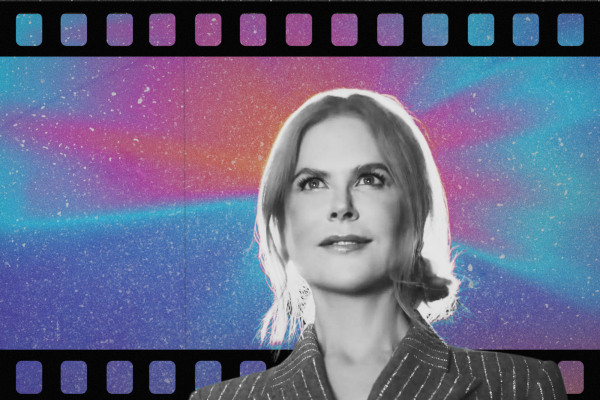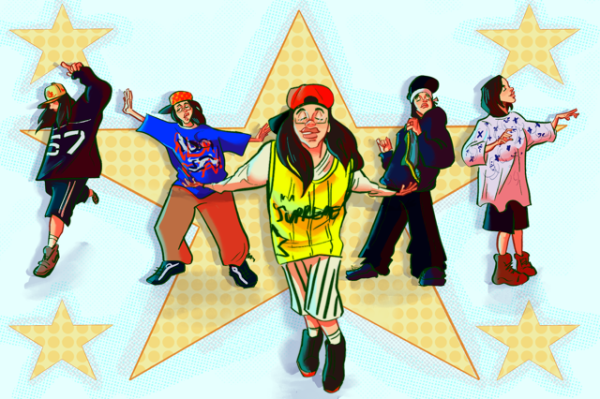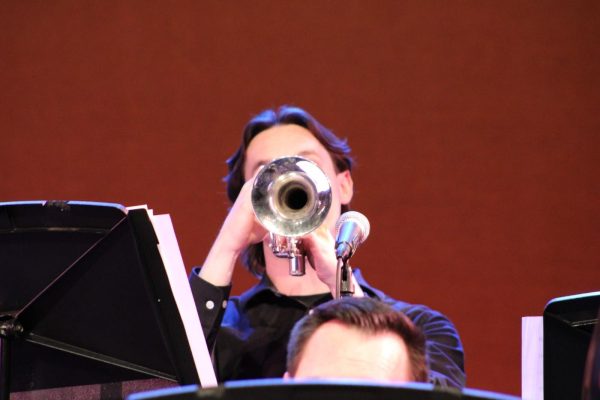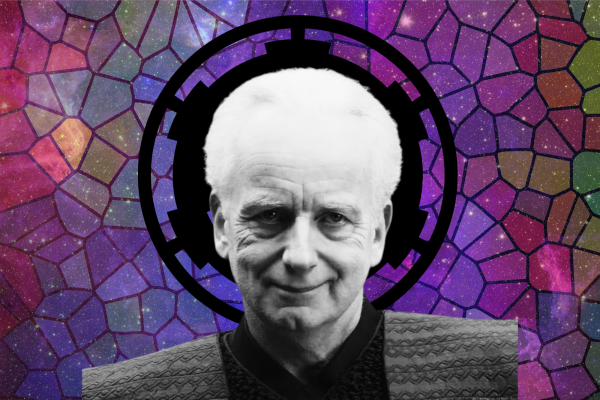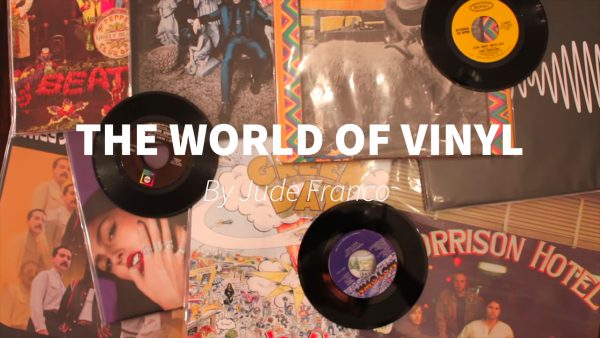Euphoria Perfectly Captures Youth Culture
HBO’s hit series oozes glorified angst, aesthetic over storyline and harps on the Tumblr-esque days of the internet
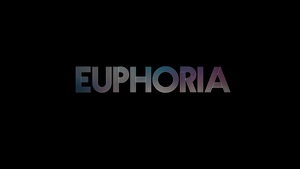
Euphoria’s title card from Wikimedia commons.
Euphoria is HBO’s second most watched series of all time, and it has garnered a lot of publicity amidst its second season due to its controversial content and enticing aesthetic. This teen drama is centered around a group of high school students struggling to navigate drugs, sex and alcohol.
The graphic nature of the characters’ storylines illuminates the grimy underbelly of teenage lives and tugs on the heartstrings of both Millennials and Gen Z. It is another addition to the macabre content that has come to represent the teen drama genre.
The convoluted themes, romanticization of drug use and melodramatic cinematography of teenage lives are things that were explored in shows, such as the 2007 British drama series Skins, Nickelodeon’s Degrassi and the early days of the photo sharing website Tumblr.
These depictions of today’s teenagers helped to popularize the realities of teenage drug use and the sex lives of the youth on television, the internet, and in film. These platforms also placed an emphasis on visually pleasing content, and well-dressed teenagers that added to the mystique and grandeur being conveyed.
Euphoria piggybacked off of this sentiment by providing the familiar aesthetic of exposing the raw and often adult nature of teenager’s lives while still heavily focusing on the visual content.
The characters in Euphoria are fabulously dressed with the exception of Rue, who is played by Zendaya and dressed in more risqué attire. Her often over the top outfits are not typically worn by high school students, but the wardrobes of the characters are so attractive and outlandish that they have become a pinnacle of conversation regarding the show.
The fashion choices and the sexual fluidity of the characters in the show symbolize the experimental spirit of both Millennials and Gen Z. These generations have come to be known as generations who are unabashedly themselves in terms of expression. The new generations are unafraid to loudly express themselves through sexuality, clothes and music, more so than any previous generation.
Euphoria is a show that encapsulates this kind of energy. It is this sense of familiarity of self-expression that is seen in Euphoria that has captivated audiences and has made Euphoria one of the most talked about shows to date.
Psychology student Natalie Caldwell, 25, attributed the show’s success to its honest portrayal.
“I think it has a lot to do with the younger generations feeling seen,” Caldwell said. “It’s one of the first popular shows that doesn’t sugar coat the dark things that can happen when you’re in high school and plus it is so visually interesting it would be hard not to want to watch the show. The clothes are ridiculous.”
Needless to say, the aesthetic overload of the show is in part what has garnered the attention of Millennials and Gen Z. It is no secret that both generations have been admonished for prioritizing style over substance and Euphoria is the newest addition in a long slew of examples of the youth having adopted something into popularity simply for the aesthetic that it provides.
Director Sam Levinson played into this notion when he decided to film the entire second season on film in the 35 mm format. This kind of film added a more dark and edgy feel to the show, and fed into the grainy picture aesthetic that used to run rampant on Tumblr.
With the unfiltered representation of self-expression through glorified aesthetic, Euphoria has become somewhat of an anthem for the youth and has turned into the pinnacle of what today’s youth culture represents and is interested in viewing.



